Unlock Restful Nights: Red Light Therapy for Sleep Enhancement
Introduction:
Discover the secret to restful nights and wake up refreshed with the power of red light therapy. This natural way to improve sleep is popular for its ability to promote better sleep and overall well-being. Red light therapy helps with sleep problems and improves sleep quality by regulating the body's internal clock.
In this blog post, we'll explore the science behind red light therapy and how it promotes restful sleep. We'll delve into its role in melatonin production, the "sleep hormone," and the mechanisms through which it works to optimize sleep quality. Additionally, we'll provide practical tips for incorporating red light therapy into your nighttime routine and selecting the right devices for effective home use.
Say goodbye to restless nights and hello to revitalized mornings. Let's embark on a journey to unlock the restful nights you deserve through the power of red light therapy.
Red Light Therapy for Insomnia: A Natural Approach to Better Sleep
Insomnia affects millions of people worldwide, leaving them fatigued and unable to function at their best. Medications can have side effects and may not provide a long-term solution. That's where red light therapy comes in. This non-invasive treatment involves exposing the body to low-level red light, which stimulates cellular function and helps regulate the sleep-wake cycle. The therapy targets two key factors: melatonin production and circadian rhythm regulation.
Melatonin is a hormone that plays a vital role in our sleep-wake cycle. It is naturally released in the evening, signaling our body that it's time to sleep. Red light therapy can stimulate the production of melatonin, promoting a more restful sleep. By exposing the body to red light in the evening, we can enhance the release of melatonin, making it easier to fall asleep and stay asleep throughout the night.
In addition to melatonin, red light therapy helps regulate the circadian rhythm, our body's internal clock. Exposure to red light in the evening helps suppress the secretion of cortisol, a hormone that disrupts sleep, while increasing the release of melatonin. This combination signals the body to wind down and prepare for sleep, leading to a more peaceful slumber.
The Science Behind Red Light Therapy: How It Promotes Restful Sleep
Red light therapy utilizes specific wavelengths of light to promote restful sleep through various biological processes. By stimulating the mitochondria in our cells, this therapy increases cellular energy production, which contributes to better sleep quality. One of the primary mechanisms by which red light therapy promotes sleep is through its impact on melatonin production. Melatonin is a hormone that regulates our sleep-wake cycle, and red light therapy has been shown to stimulate its production. This helps to synchronize our internal clock, making it easier to fall asleep and enjoy a more restful sleep throughout the night.
Additionally, red light therapy helps regulate the circadian rhythm, our body's internal clock that controls sleep patterns. By exposing the body to red light in the evening, this therapy suppresses the secretion of cortisol, a stress hormone that can interfere with sleep, while simultaneously increasing the release of melatonin. This dual effect helps signal our bodies to wind down and prepare for sleep, leading to a more tranquil state of mind and improved sleep quality.
Exploring the Benefits of Red Light Therapy for Insomnia and Sleep Disorders
Red light therapy has shown promising results in improving sleep quality for those suffering from insomnia and other sleep disorders. It offers a safe and natural alternative to medications, without the risk of dependency or side effects. By addressing the underlying factors contributing to sleep disturbances, red light therapy can provide long-lasting benefits.
Research studies have demonstrated the effectiveness of red light therapy for insomnia. In a randomized controlled trial, participants receiving red light therapy experienced significant improvements in sleep quality, reduced sleep latency (the time it takes to fall asleep), and increased sleep duration. Moreover, red light therapy has been found to be effective in managing other sleep disorders, such as sleep apnea and restless leg syndrome.
How Red Light Therapy Works: Shedding Light on Its Mechanisms for Better Sleep
Red light therapy works by stimulating the mitochondria within our cells. Mitochondria are responsible for producing cellular energy, and when they are activated by red light, they can enhance various biological processes that contribute to better sleep.
The specific wavelengths of red light used in therapy penetrate deep into the skin and are absorbed by cells. This absorption triggers a series of reactions that stimulate the production of adenosine triphosphate (ATP), the energy currency of cells. Increased ATP production leads to improved cellular function and energy metabolism, promoting overall health and well-being.
Additionally, red light therapy stimulates the release of nitric oxide, a molecule that helps improve blood flow and oxygen delivery to tissues. This enhanced circulation can benefit the brain, promoting cognitive function and relaxation, further contributing to better sleep quality.
Exploring the Role of Red Light Therapy in Melatonin Production for Better Sleep
Melatonin is a hormone produced by the pineal gland in the brain, and it plays a crucial role in regulating our sleep-wake cycle. The release of melatonin is influenced by environmental factors, particularly light exposure.
Exposure to bright or blue light in the evening can suppress melatonin production, making it harder to fall asleep. On the other hand, exposure to red light has been found to have a positive impact on melatonin production.
Red light therapy stimulates the production of melatonin by activating certain receptors in the retina and the skin. By exposing the body to red light in the evening, we can mimic the natural light signals that trigger melatonin release, helping to synchronize our internal clock and promote a more restful sleep.
Incorporating Red Light Therapy into Your Nighttime Routine for Restorative Sleep
To incorporate red light therapy into your nighttime routine, consider using a red light therapy device designed for home use. These devices emit the specific wavelengths of light needed for therapeutic benefits. Follow the manufacturer's instructions regarding treatment protocols, which typically involve using the device for a specific duration and at the appropriate distance from your body.
Create a relaxing bedtime routine that includes red light therapy. Set aside time in the evening to unwind andprepare for sleep. Find a quiet and comfortable space where you can use the red light therapy device. Sit or lie down in a relaxed position and expose the desired areas of your body to the red light for the recommended duration.
It's important to be consistent with your red light therapy routine to maximize its benefits. Aim for daily sessions, preferably in the evening, to align with your body's natural sleep-wake cycle. Incorporating red light therapy into your nighttime routine can help signal your body that it's time to wind down and prepare for sleep, promoting a more restful and rejuvenating slumber.
Red Light Therapy Devices for Home Use: Choosing the Right Option for Sleep Improvement
When selecting a red light therapy device for home use, consider factors such as the intensity and wavelength of the light emitted, as well as the device's features and safety considerations. Look for devices that emit wavelengths in the red spectrum, typically between 630 to 660 nanometers, as these have been shown to be effective for sleep enhancement.
Choose a device that is easy to use and offers adjustable settings, allowing you to customize the treatment according to your needs. Safety should also be a priority, so opt for devices that have been tested and certified by reputable organizations.
It's worth noting that red light therapy can be applied to specific areas of the body or used as whole-body treatment. Depending on your needs and preferences, you can choose handheld devices, light panels, or full-body systems.
Tips and Techniques for Maximizing the Benefits of Red Light Therapy for Sleep
To maximize the benefits of red light therapy for sleep, consider implementing the following tips and techniques:
1.Be consistent: Incorporate red light therapy into your nightly routine and aim for daily sessions to maintain the desired effects.
2.Combine with other sleep-promoting practices: Red light therapy can complement other sleep-enhancing habits, such as maintaining a regular sleep schedule, creating a comfortable sleep environment, and practicing relaxation techniques.
3.Minimize exposure to blue light: Blue light from electronic devices can interfere with melatonin production. Limit your exposure to screens, especially in the evening, or consider using blue-light-blocking glasses or screen filters.
4.Create a relaxing ambiance: Dim the lights in your bedroom and create a calm and soothing environment to enhance the relaxation and sleep-promoting effects of red light therapy.
5.Consult with a healthcare professional: If you have any underlying health conditions or concerns, it's always advisable to consult with a healthcare professional before starting red light therapy or making changes to your sleep routine.
Conclusion:
As we reach the end of our journey exploring the power of red light therapy for sleep enhancement, it's clear that this natural approach holds incredible potential for those seeking restful nights and revitalized mornings. By harnessing the science behind melatonin production and circadian rhythm regulation, red light therapy offers a safe and effective solution for combating insomnia and improving sleep quality.
With its ability to stimulate cellular function, promote relaxation, and optimize energy metabolism, red light therapy provides a non-invasive and drug-free alternative to traditional sleep aids. By incorporating red light therapy into your nighttime routine and selecting the right devices for home use, you can unlock the restful nights you deserve and wake up refreshed, ready to embrace each day with renewed vitality.
Say goodbye to restless nights and hello to a more rejuvenating slumber with the power of Bontanny red light therapy device.



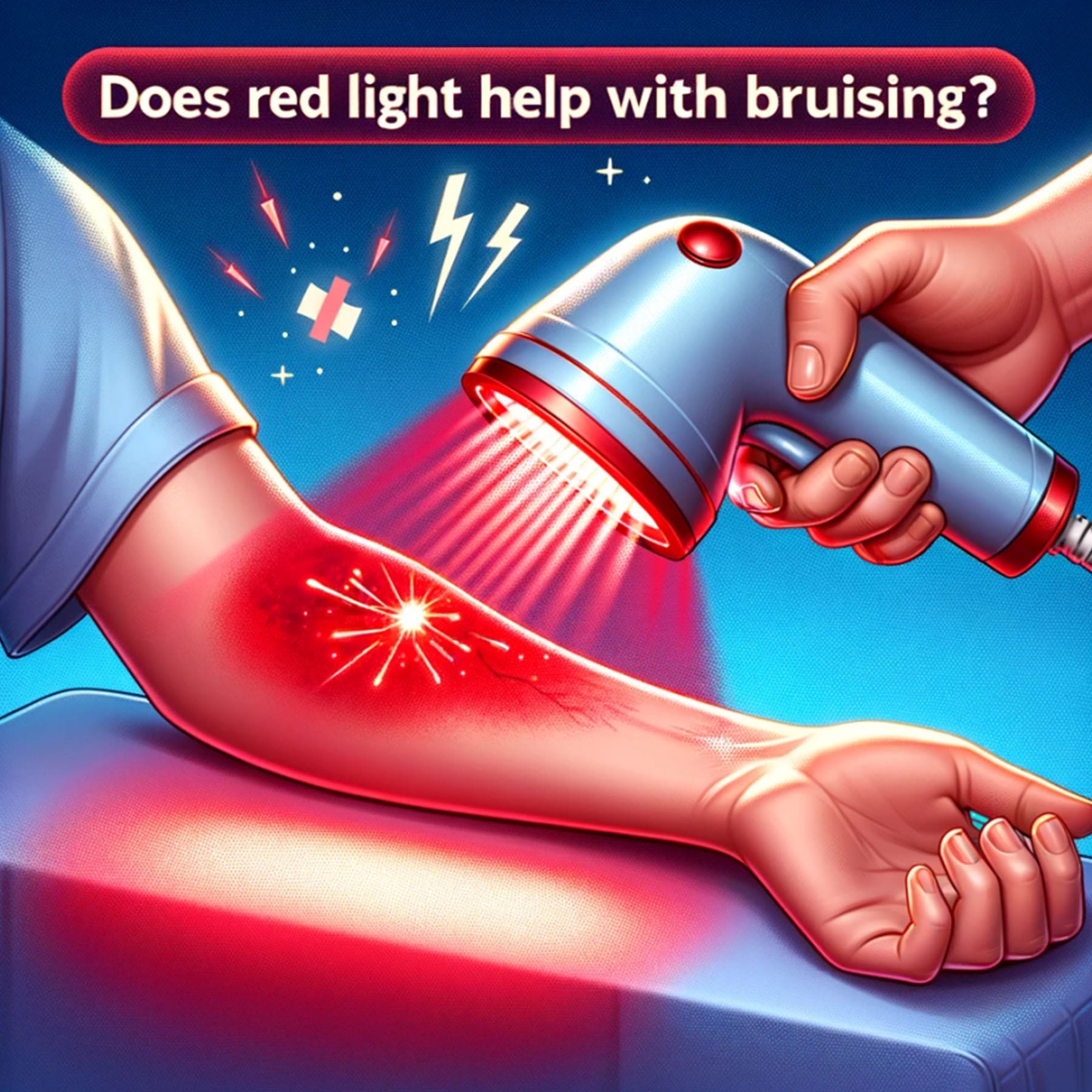
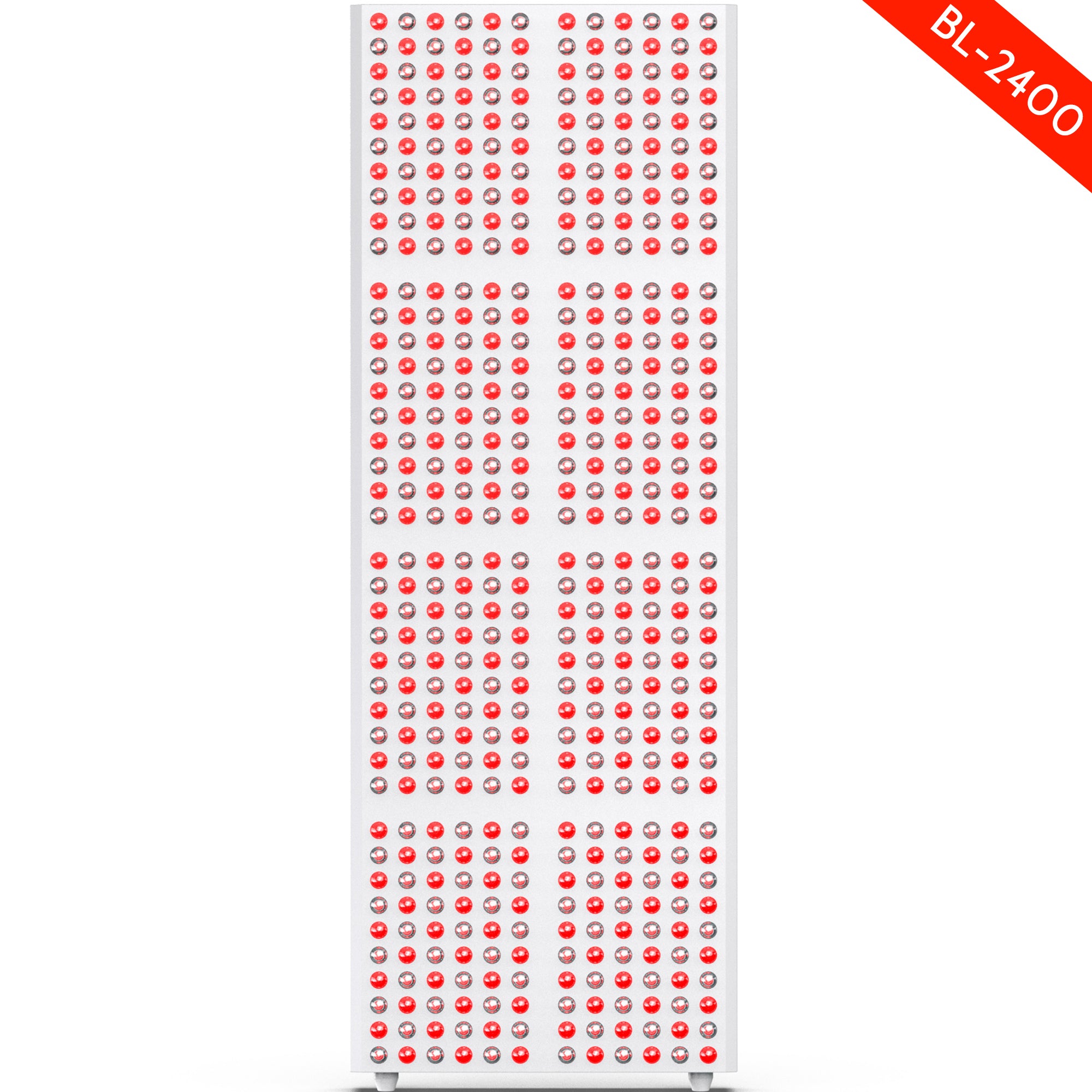
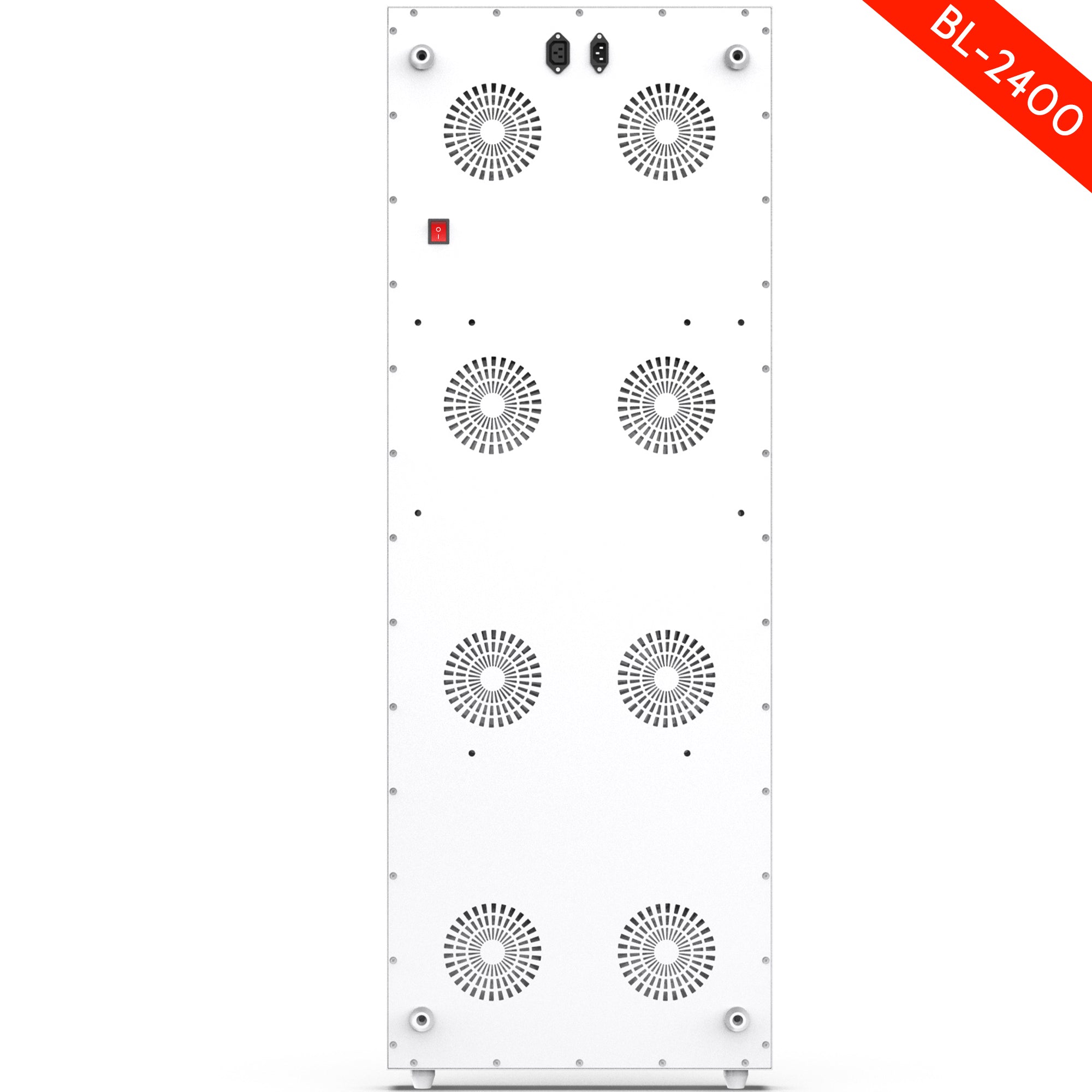
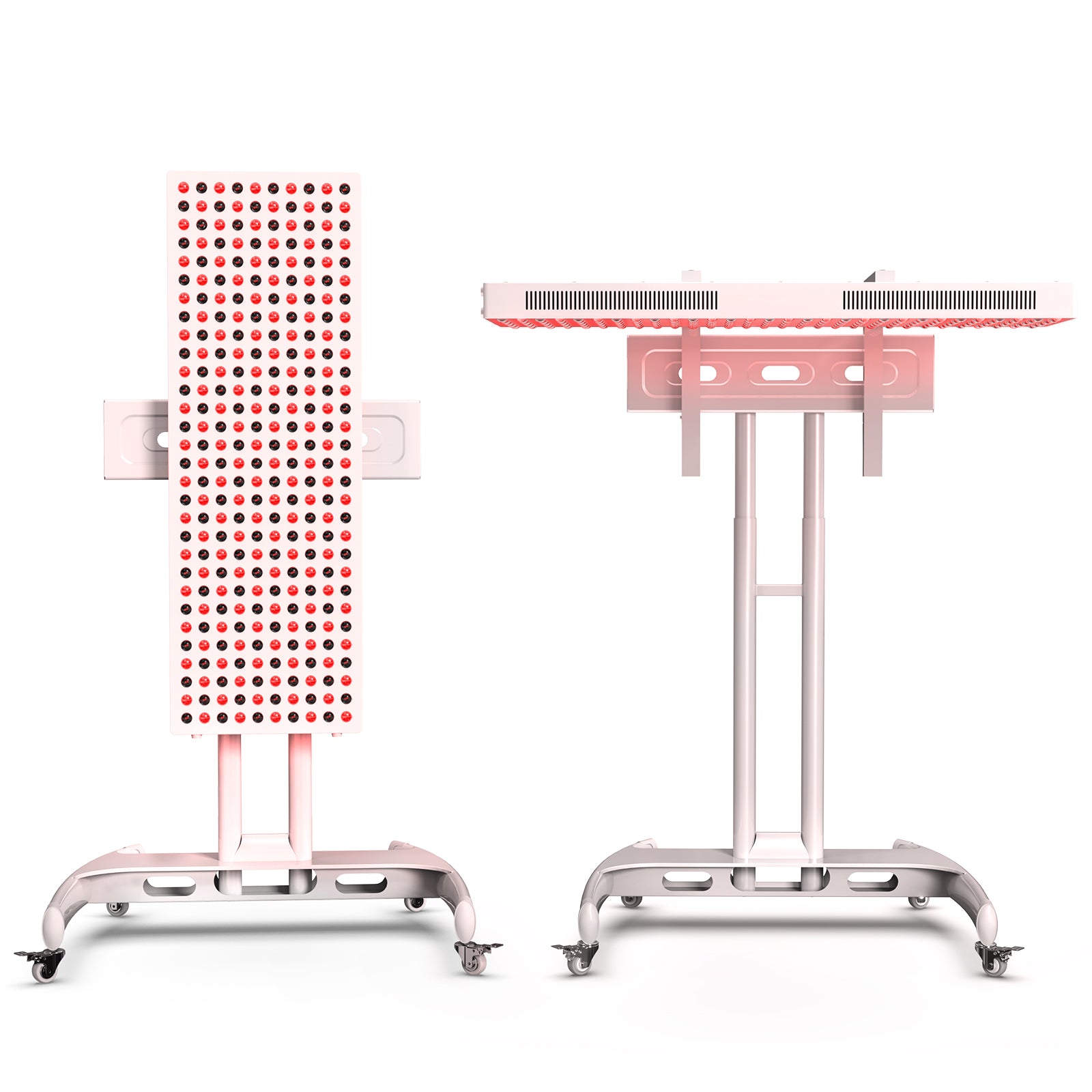

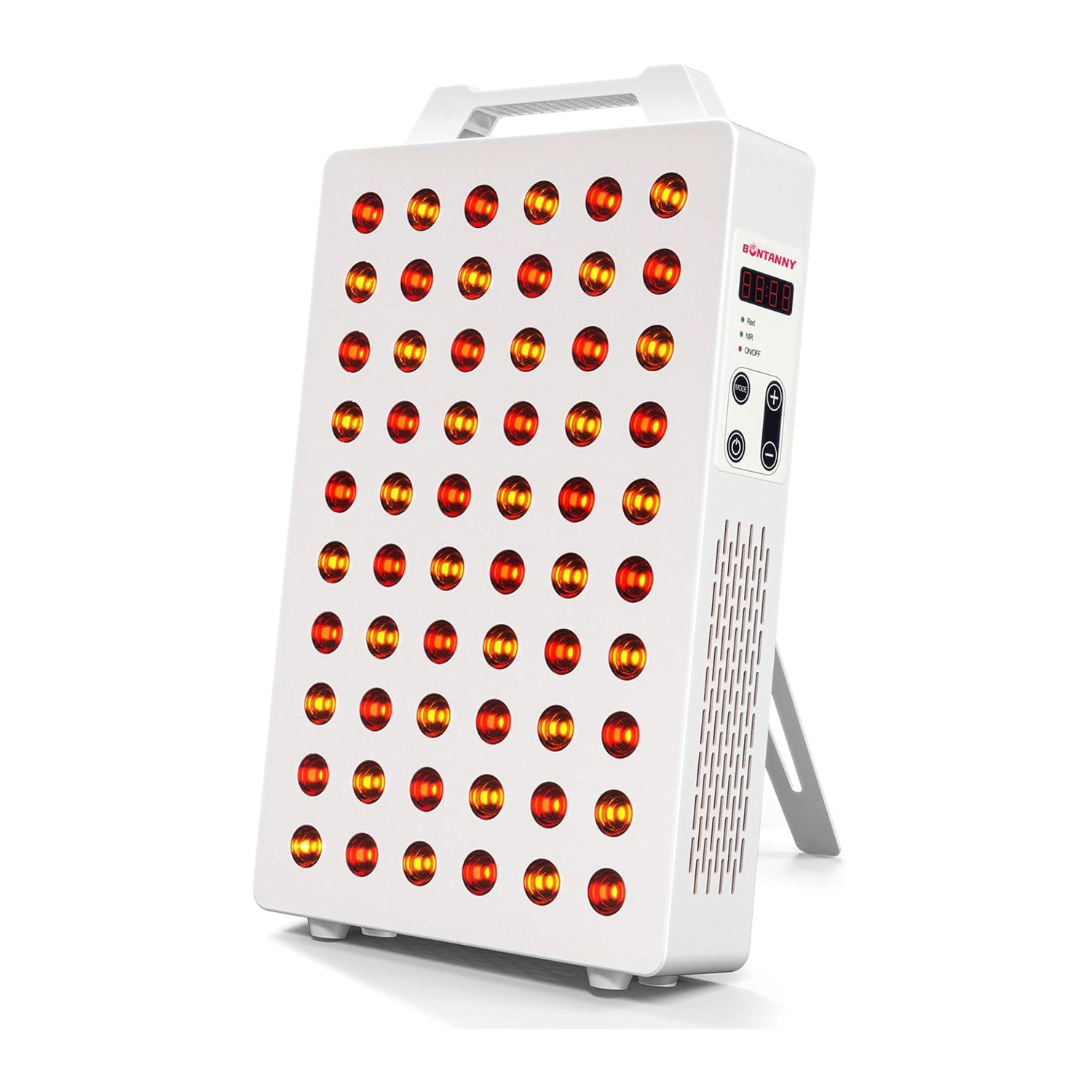
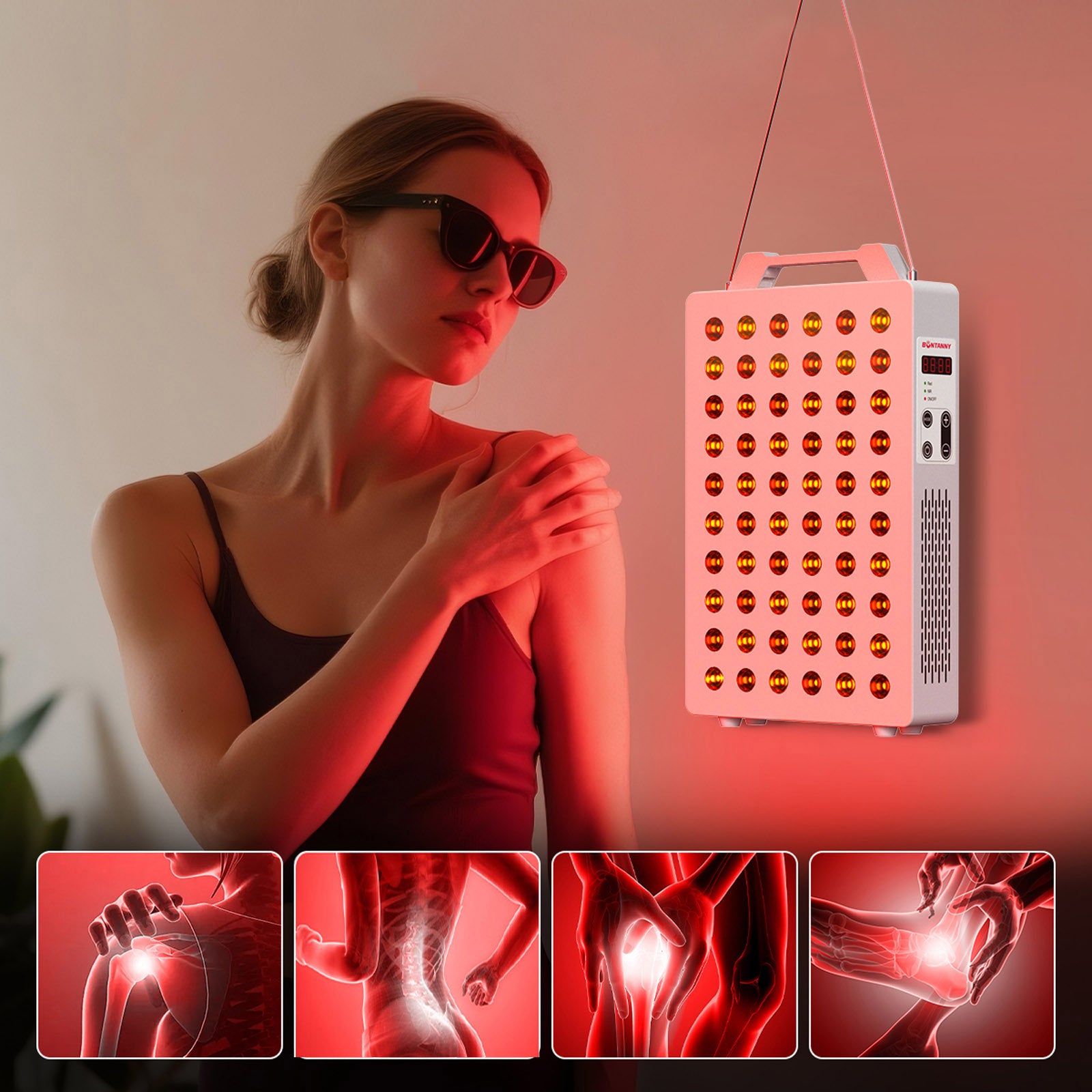

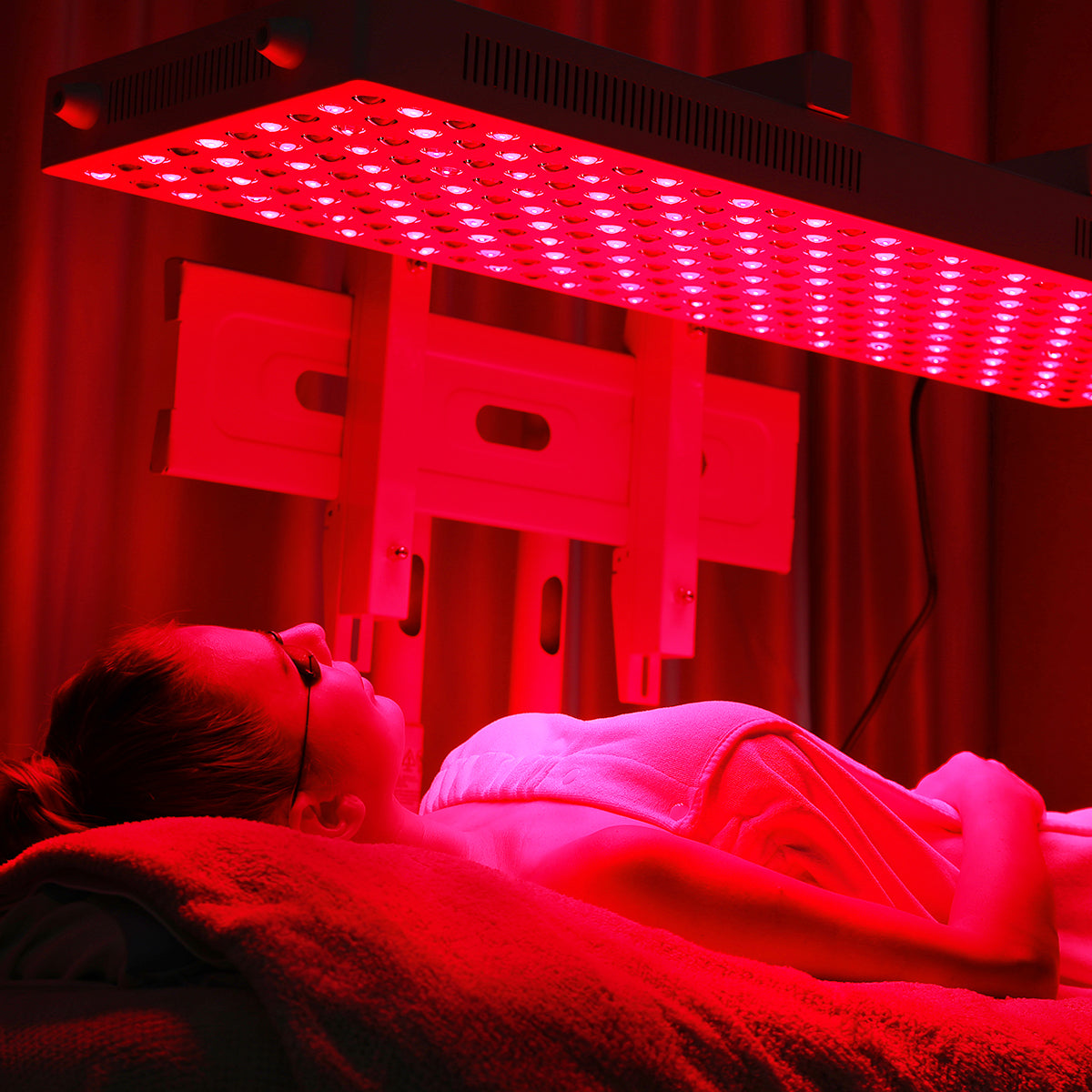
Leave a comment
This site is protected by hCaptcha and the hCaptcha Privacy Policy and Terms of Service apply.